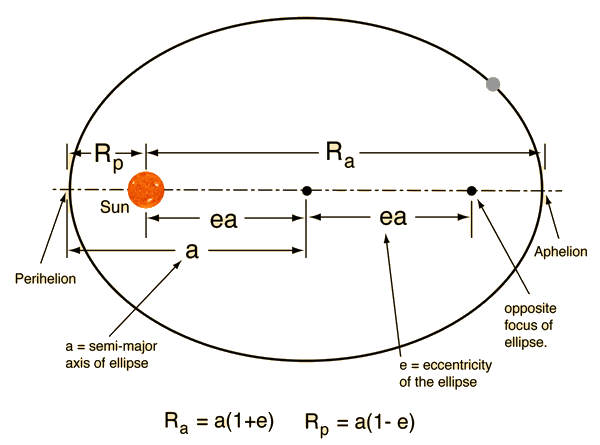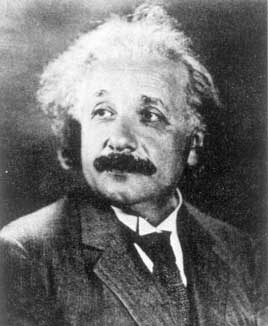Contrary to what you might think, astronomers are not interested in how much a telescope can magnify an object. In most cases, the objects we are viewing are so far away that we wouldn't be able to see them even if we magnified them thousands of times. The strength of a telescope is how much light it can collect in a given amount of time. The governing factor for this characteristic is the diameter of the mirror used in the telescope. The Keck telescopes in Hawaii have 10m mirrors which enable them to see objects in the sky that are literally thousands or even tens of thousands of times dimmer than you can see with the naked eye. If it is giving off even the slightest bit of light, Keck can see it.
But there's a problem with the Keck observatory, and with all the other telescopes in the world (and those floating above it). To understand it, first we need to imagine a few everyday occurrences.
First, imagine that you are stirring a glass of ice water with a straw. As you spin it faster and faster, a whirlpool begins to form in the middle of the glass. In the very center, the ice cubes are spinning around very quickly while on the outside, they spin much slower. This is a phenomenon known as differential rotation: the further from from the center, the smaller the rotational speed.
Second, imagine a record on a turntable (if you can even remember what they looked like). Let's say that it's a record you aren't particularly fond of, so you don't mind putting a few thumbtacks into it. You put one directly in the center, one halfway between the center and the edge, and one on the very edge of the record. When the record turns, which thumbtack is moving the fastest? Since the every point on the record is connected (i.e. it's solid), every single point makes one revolution in the same amount of time. The thumbtack on the edge has to travel the furthest (it has the largest circle to go around), but it has the same amount of time to do it as the other thumbtacks with smaller distances to go. Thus, the further out from the center of rotation, the faster the object is moving.

Lastly, imagine the Milky Way galaxy. You are probably imagining a big, spinning, spiral cloud of stars like this one here (though this is the Andromeda galaxy, ours probably looks very similar). How do you think it spins: like a record or like a glass of water with ice?
The answer, confusingly enough, is neither. At first, we thought that the galaxy would exhibit differential rotation. But the further out to the edge of the galaxy we observed, the more surprised we became to find that most stars are moving at the same speed. This means that no star orbits the center of the galaxy in the same amount of time (much like ice in a glass of water), but each has the same velocity (which is like nothing we've ever seen before).
So... why?
The frustrating answer is that we have absolutely no idea. The simplest explanation would be to say that the galaxy is much more massive than we originally thought. If the outer edges of the galaxy were permeated with an extremely large amount of mass, the physics works out to predict the so-called flat rotation curve. But therein lies another problem. We can't see anything out there. The Keck sees nothing, Hubble sees nothing. All we see is the stars with nothing (or next to nothing) in between. The stars we see make up only 20% of the mass that our calculations tell us need to be there! The billions of stars out there in our own galaxy, each weighing in at a trillion billion billion kilograms, make up only one-fifth of the total mass of the Milky Way. The rest is stuff we can only call Dark Matter.
Frankly, we don't have the slightest idea what it is. One theory talks about MACHOs (massive compact halo objects) and another, perhaps inevitably, about WIMPs (weakly-interacting massive particles). But all our speculation is just that. It's an almost frightening thought that 80% of everything that's out there has never been seen even by the most powerful telescopes in the world. We know so very little about the universe, about its composition and its behavior. The only thing we seem to really know for sure is that we're missing out on most of it.





